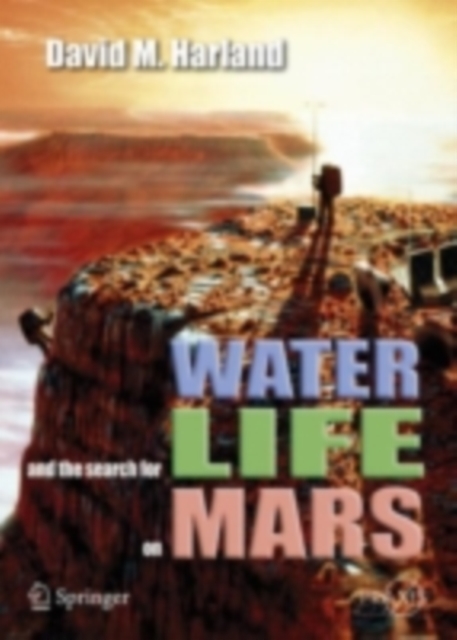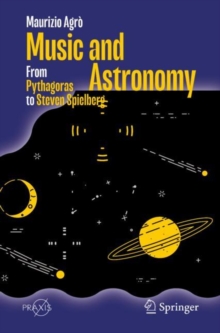
Water and the Search for Life on Mars PDF
by David M. Harland
Part of the Springer Praxis Books series
- Information
Description
Mars has long been believed to have been cold, dead and dry for aeons, but there is now striking new proof that not only was Mars a relatively warm and wet place in geologically recent times, but that even today there are vast reserves of water frozen beneath the planet's surface. As well as casting fascinating new insights into Mars' past, this discovery is also forcing a complete rethink about the mechanisms of global planetary change and the possibility that there is microbial life on Mars.
David Harland considers the issue of life on Mars in parallel with the origin of life on Earth. At the time the Viking instruments were designed, it was thought that all terrestrial life ultimately derived its energy from sunlight, and that the earliest form of life was the cyanobacteria with chlorophyll for photosynthesis. It was assumed the same would be the case on Mars and that microbial life would be on or near the surface that the Vikings had sampled.
In parallel with these NASA projects, the European Space Agency developed the Mars Express remote-sensing orbiter, which has detected traces of methane that may have been released by microbes. If microbial life is found on Mars, will it be based on DNA? Will this indicate that life developed independently? Or that it has characteristics in common with the most ancient forms of terrestrial life? If life is found on two planets in the same planetary system, this would favour the panspermia hypothesis. And if martian life is radically different, then in light of the discovery of planetary systems around other stars, this would, as remarked by Philip Morrison of MIT, "transform life from the status of a miracle to that of a statistic". These are all questions that the exploration of Mars for life are aimed to answer.
Information
-
Download Now
- Format:PDF
- Publisher:Springer New York
- Publication Date:24/09/2007
- Category:
- ISBN:9780387293721
Information
-
Download Now
- Format:PDF
- Publisher:Springer New York
- Publication Date:24/09/2007
- Category:
- ISBN:9780387293721



